View From This Side
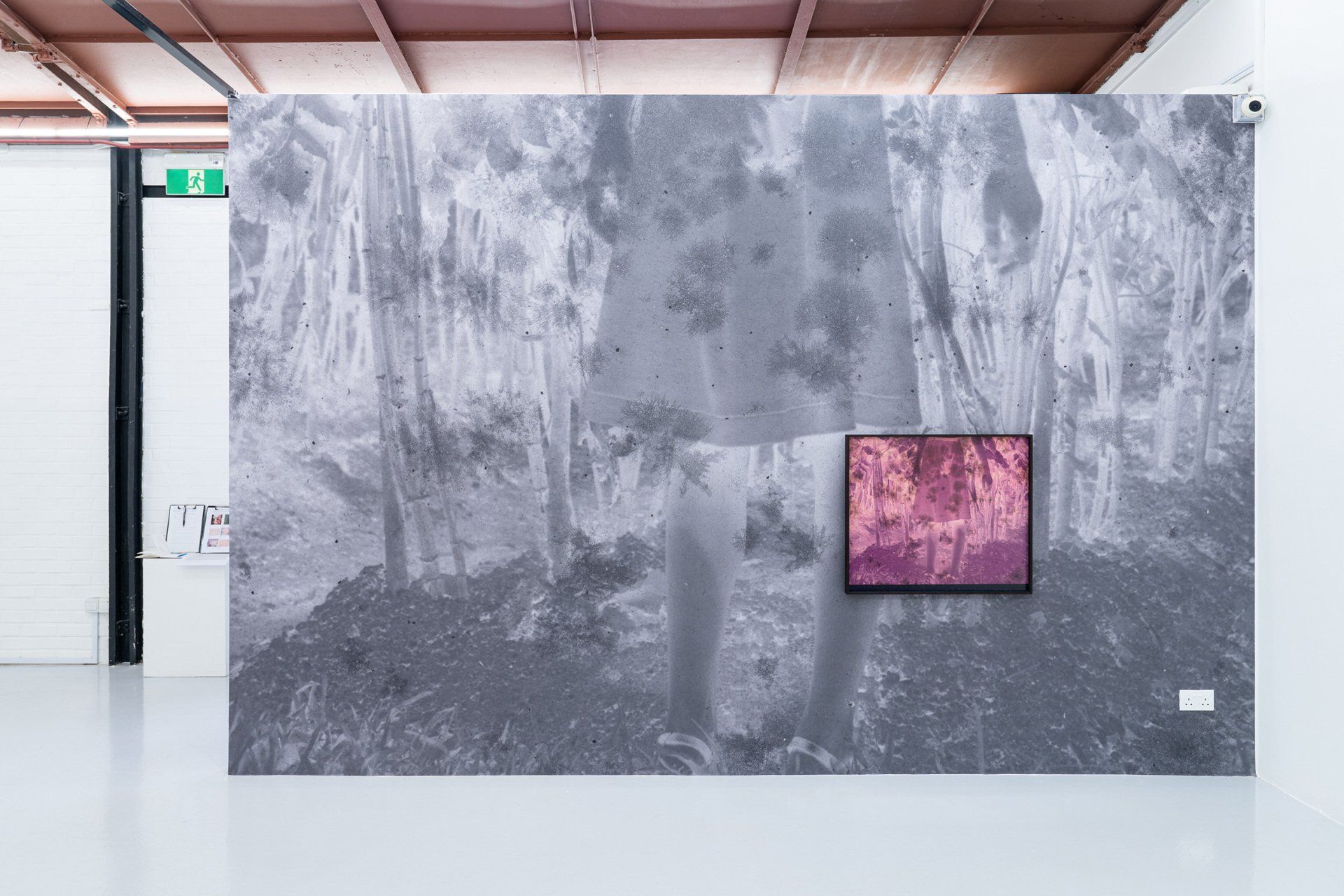
Installation view of View From This Side
Installation view of View From This Side
Button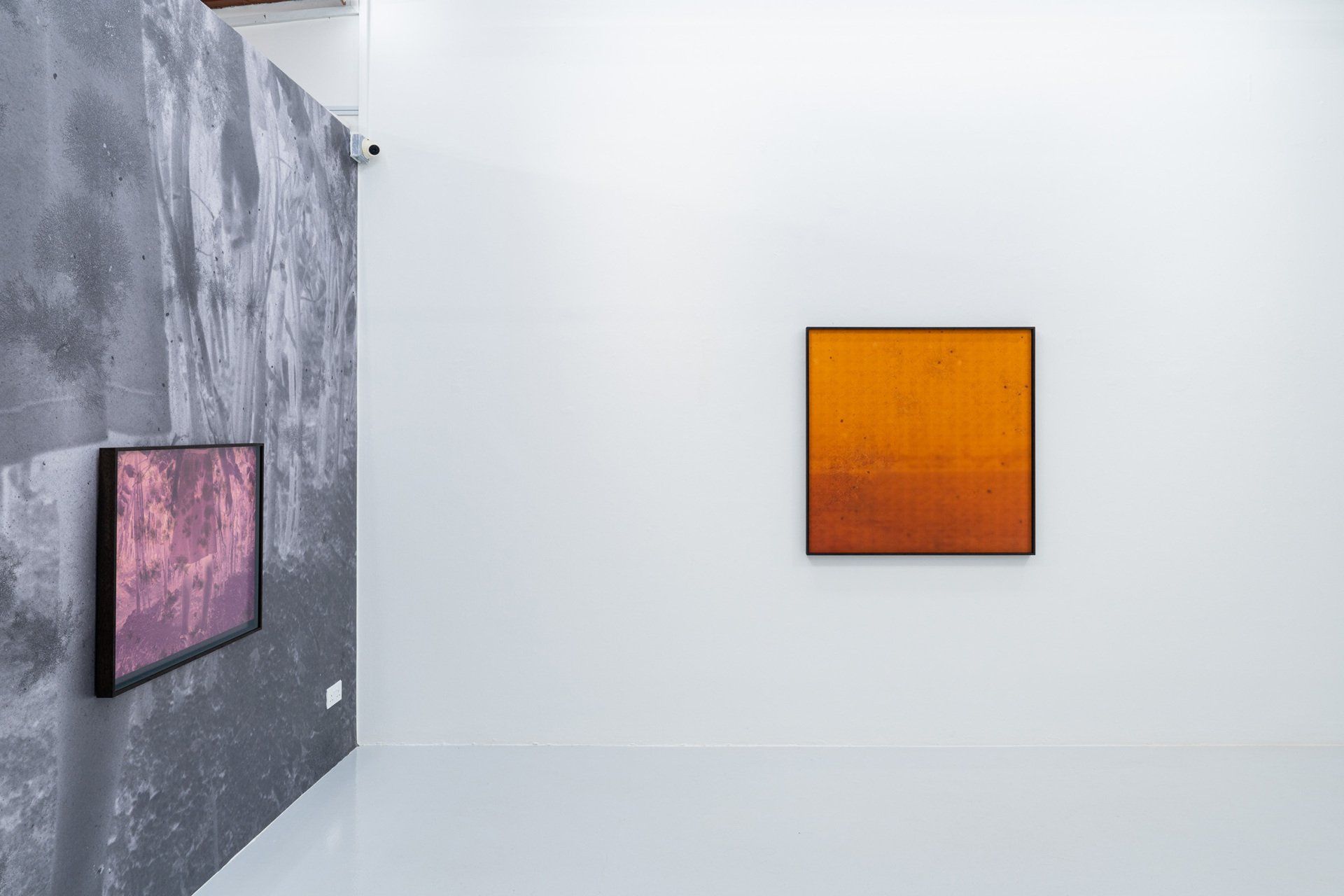
Installation view of View From This Side
Installation view of View From This Side
Button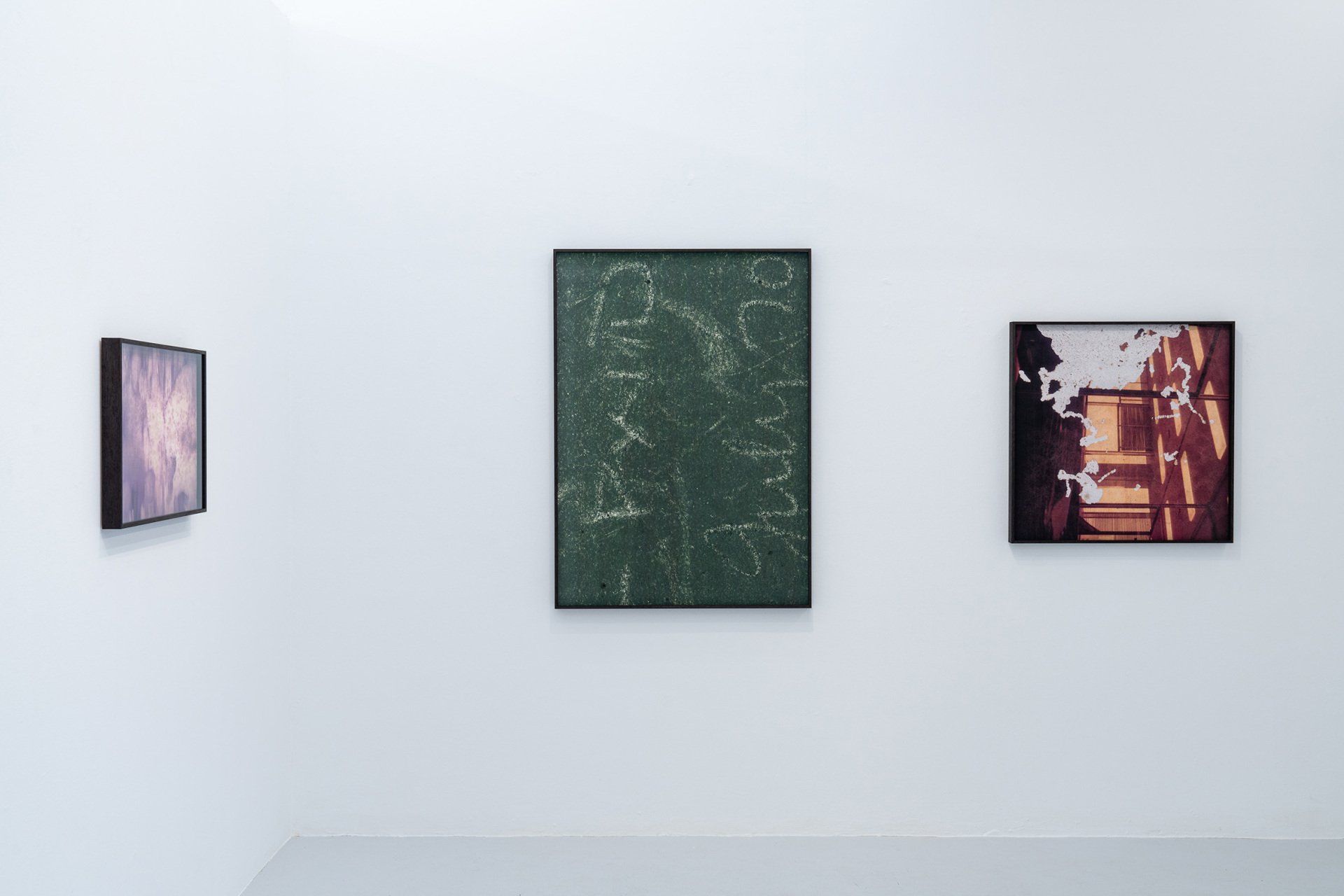
Installation view of View From This Side
Installation view of View From This Side
Button-
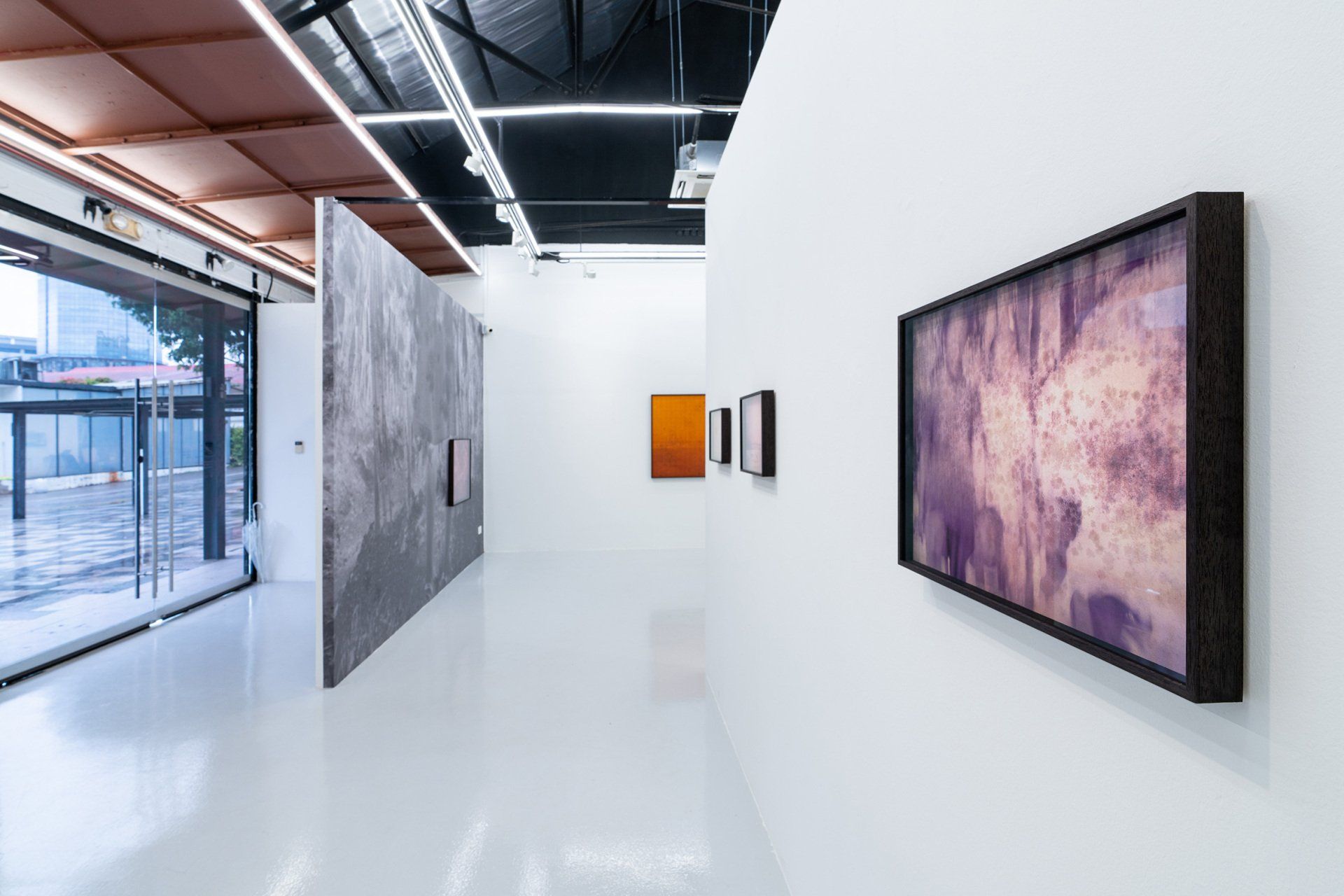
Installation view of View From This Side
Installation view of View From This Side
Button 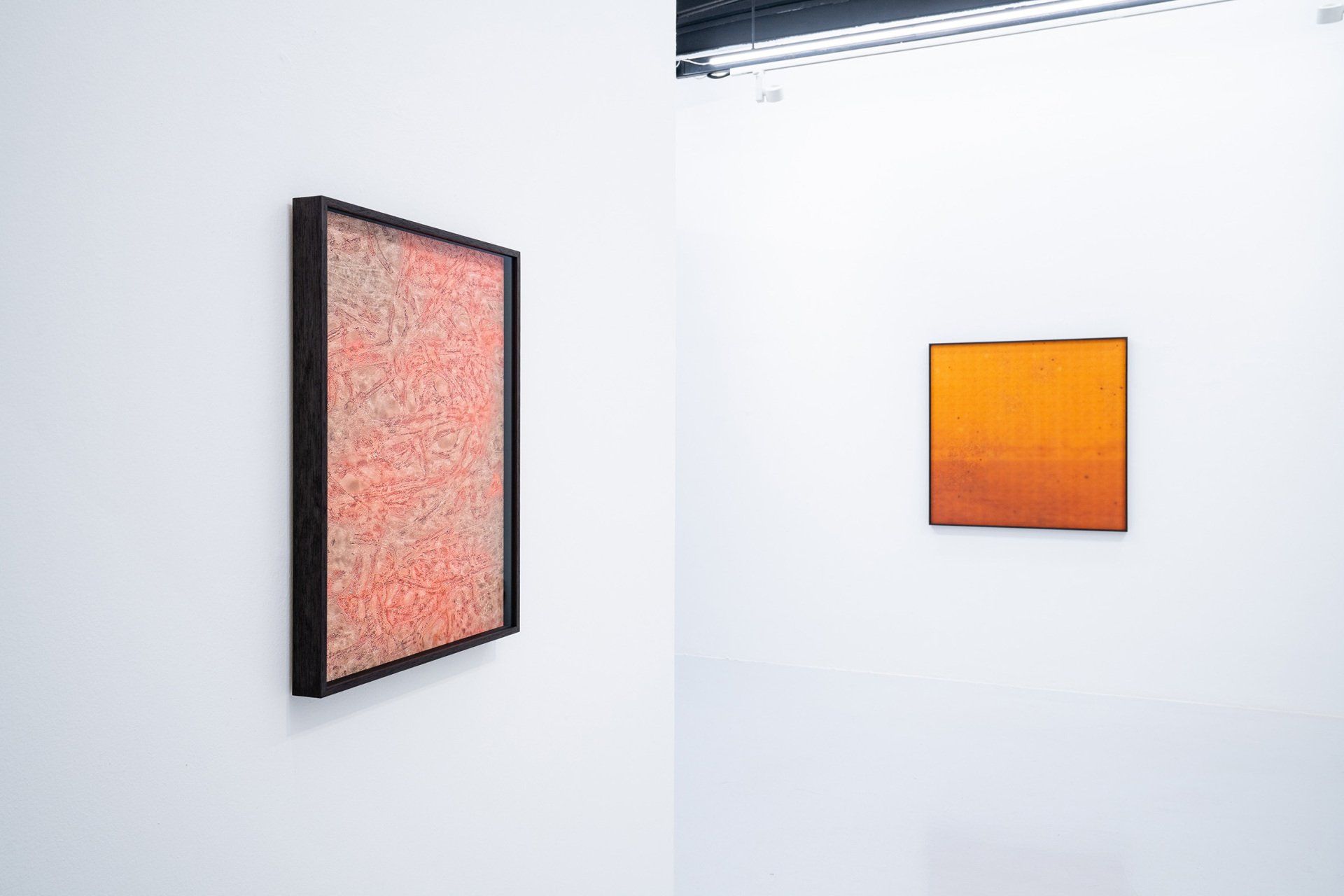
Slide title
Installation view of View From This Side
Button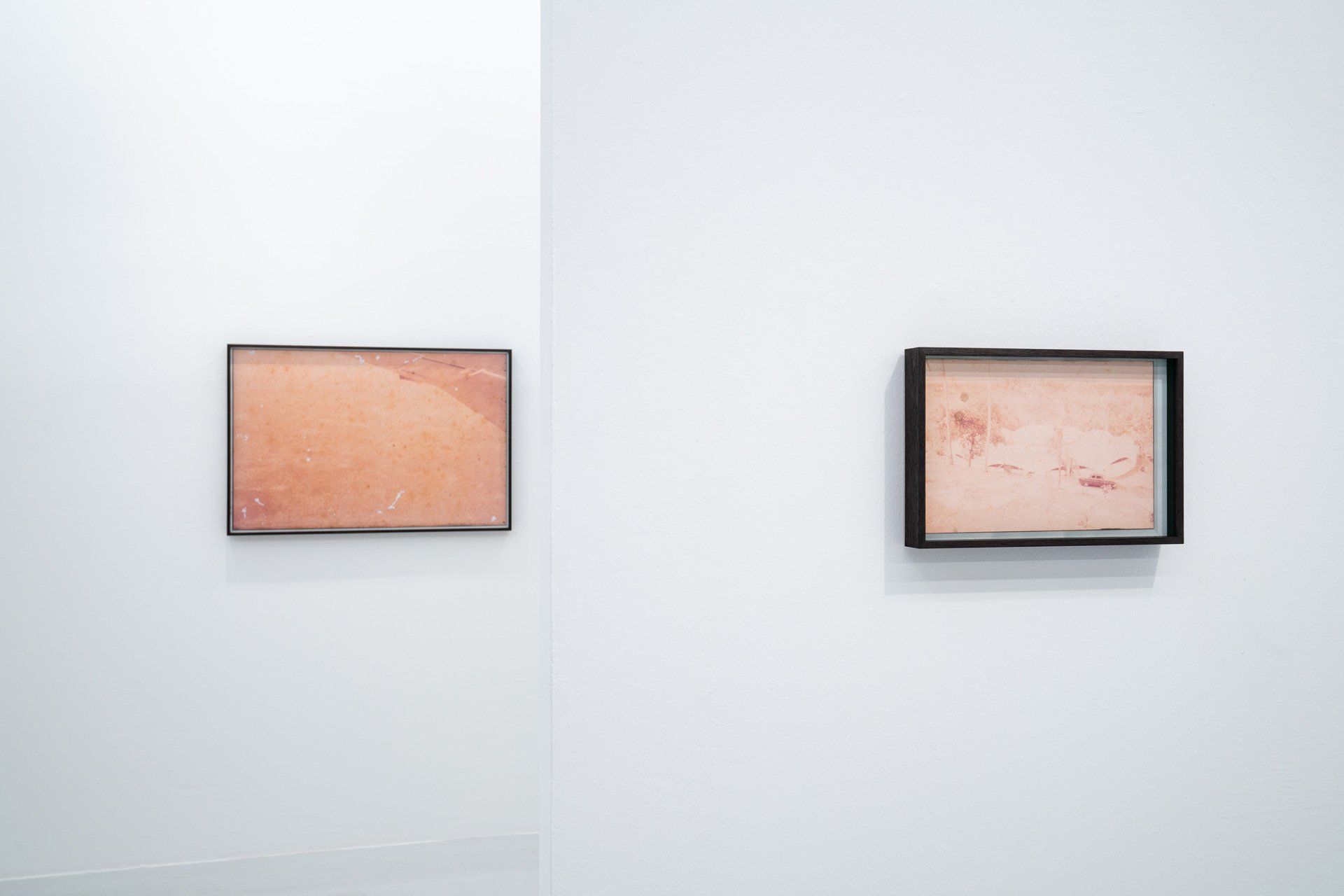
Slide title
Installation view of View From This Side
Button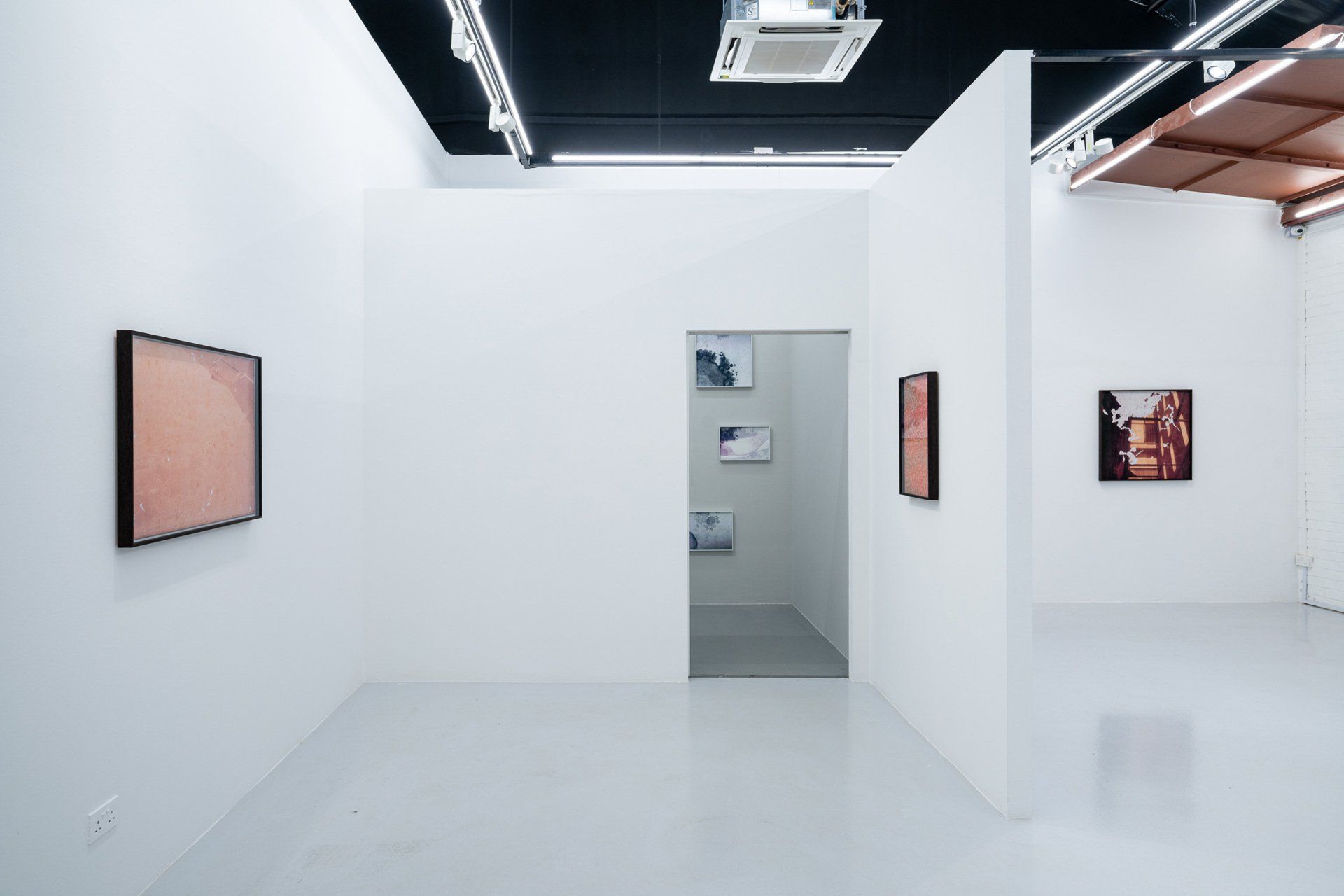
Slide title
Installation view of View From This Side
Button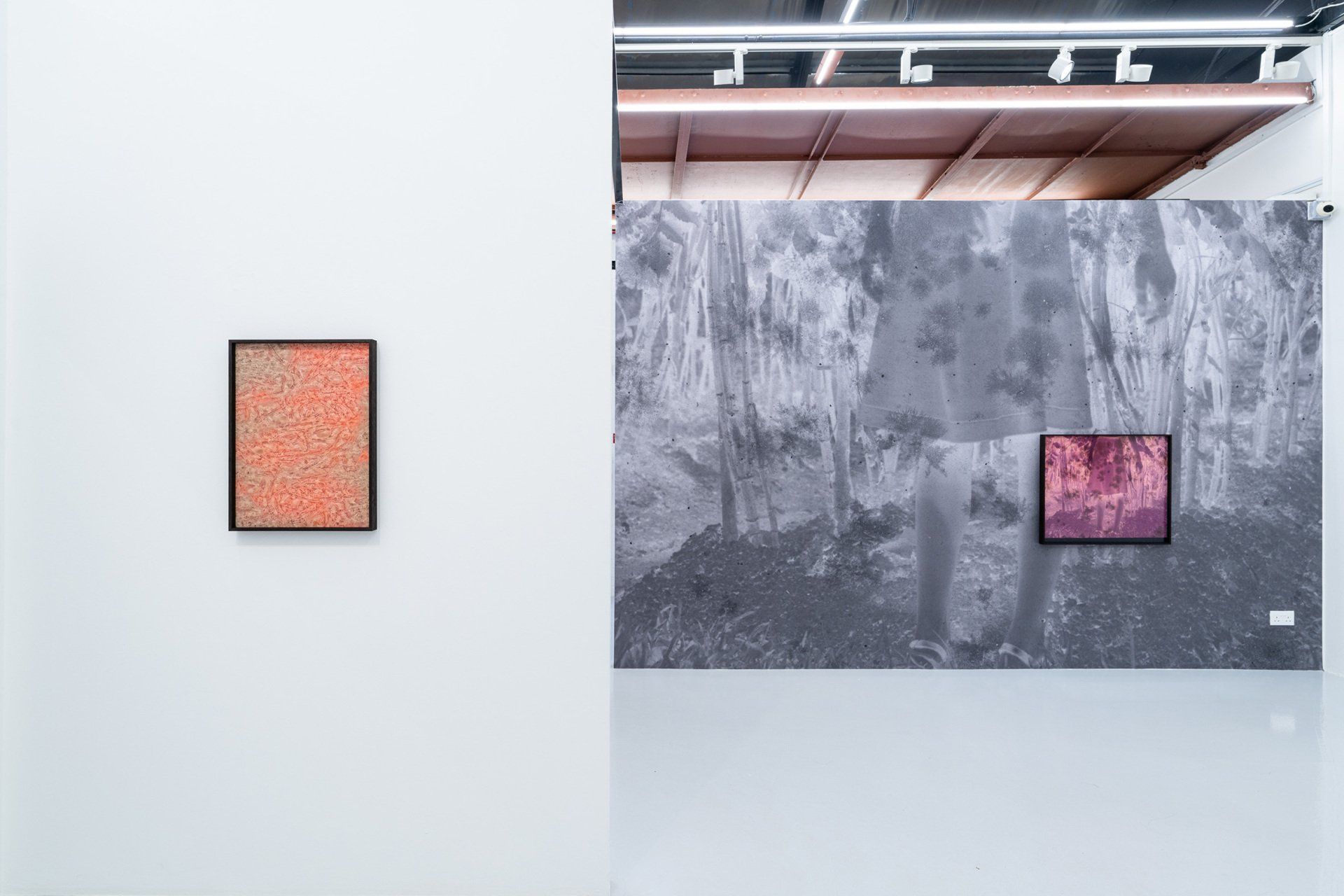
Slide title
Installation view of View From This Side
Button
Installation views courtesy Yeo Workshop.
View From This Side takes its name from words printed on the cardboard slide mount of source photographs, where this instruction was placed to help viewers look at images in the way and direction the maker intended. In these works, I use this instruction as a starting point to take a closer look at materials and processes surrounding these slides. From here, several questions arise: Is there a wrong way, or a right way, to look at images of the past? To remember one’s own history, or one that is communal? Does this way of looking symbolise a broader schema, one that influences how one sees, what one values? What is this side from which to look?
The presentation of View From This Side is the final segment of a constellation of works that began with the bag of family slides from the late 1960s to 70s, mostly taken by my parents. The slides depict a coming-of-age, through a migratory path through Australia, Malaysia and Singapore. While earlier bodies of work in this constellation consider and depict how geography and history are imprinted into the slides over time, here, the works’ own making enters the image, surfacing the processuality of meaning-making that is embedded. They also mediate aspects of nostalgia that are deeply coded in these old photographs, through colour, technological abstraction and surface.
Through these modes, they expand upon systems and grids that seem to dictate ways of being and looking, and also present opportunities for novel ways of looking forward, and remembering. In visualising the aesthetics of their making, the works seek to rationalise and address what is often emotionally uploaded, nostalgic, and affects us in ways sometimes unfathomable. At the same time, they create a space for looking, and projecting, between abstraction and nostalgia.
Conversation with Lee Weng Choy about material and process: The Micro-History and the Photograph
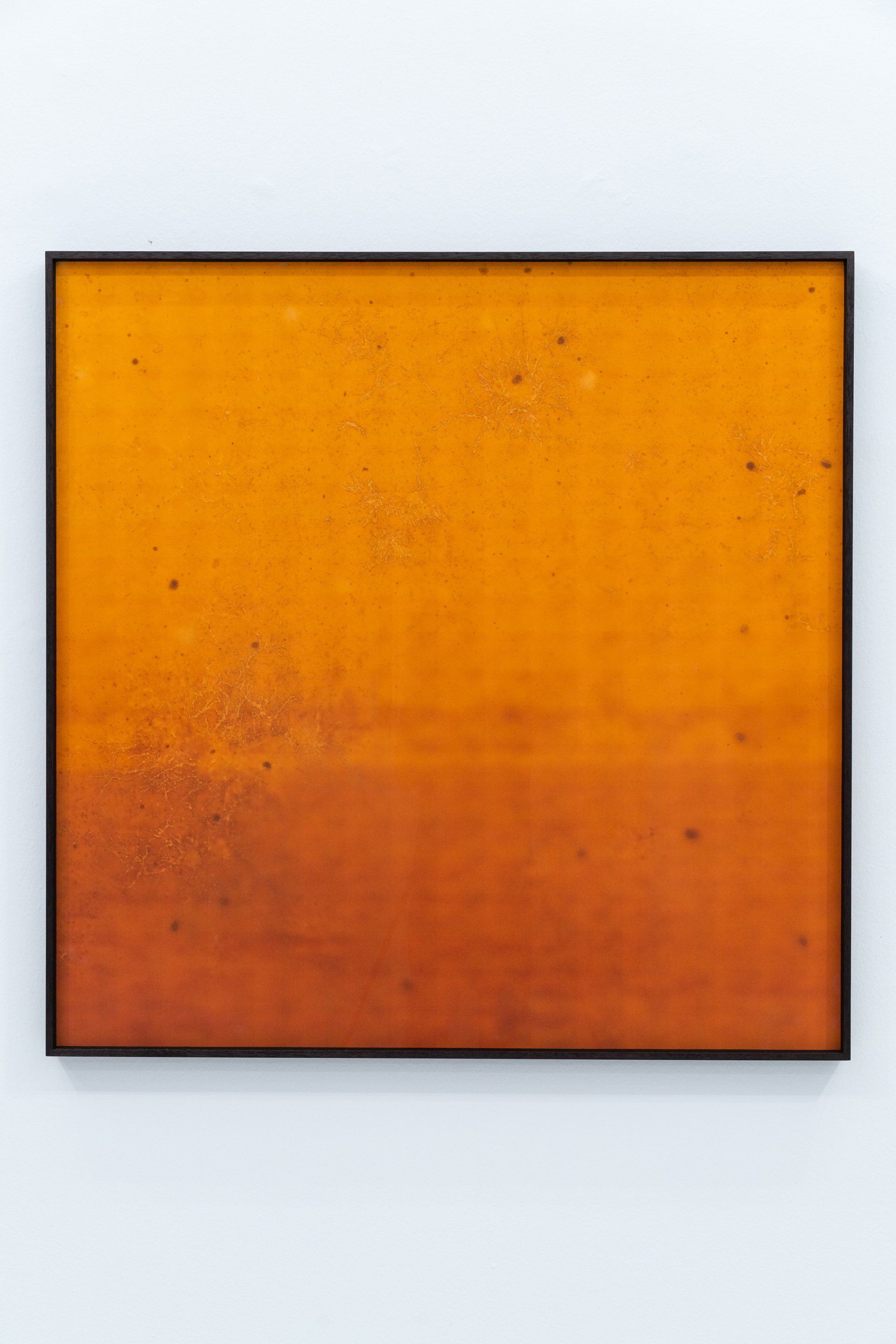
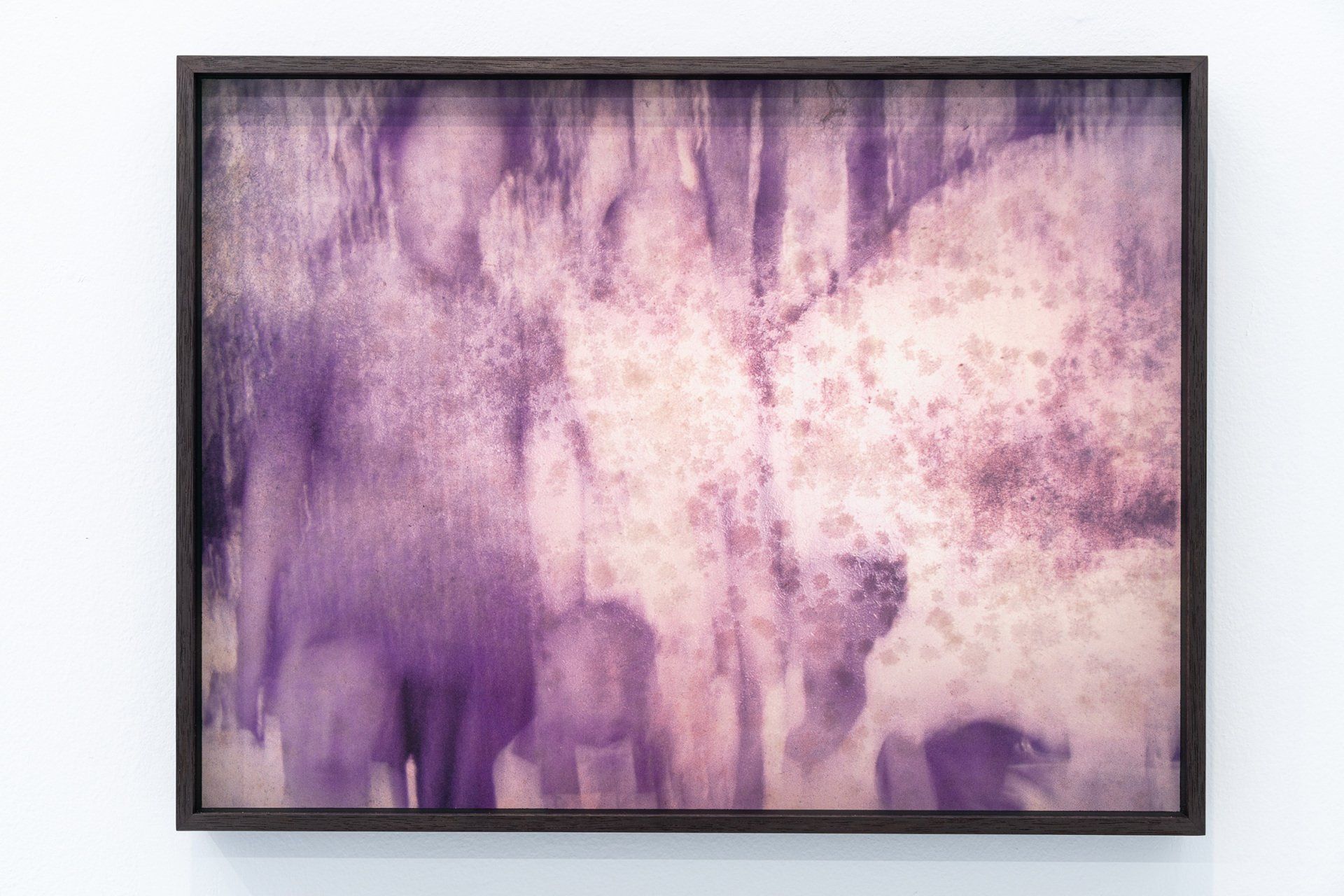

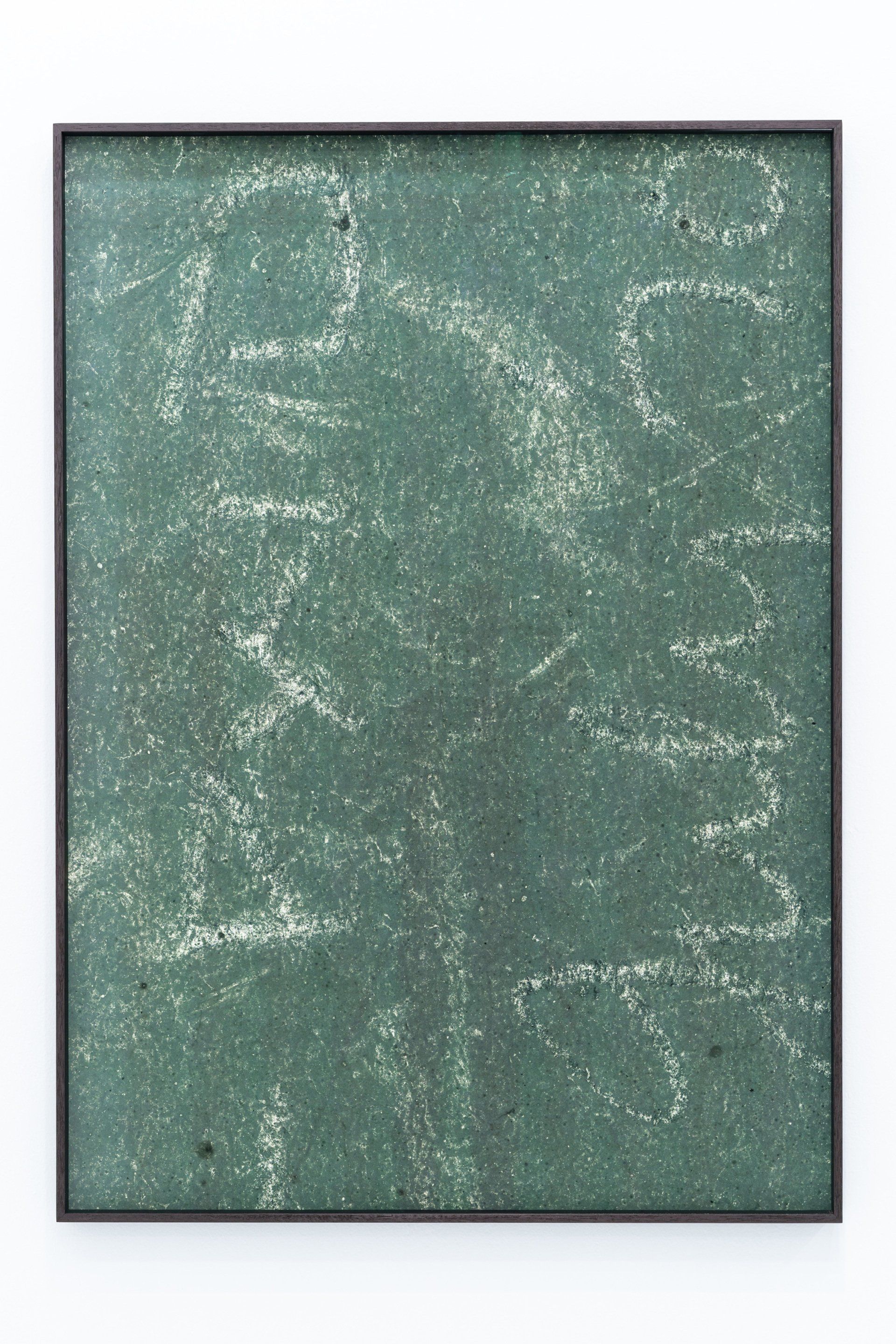
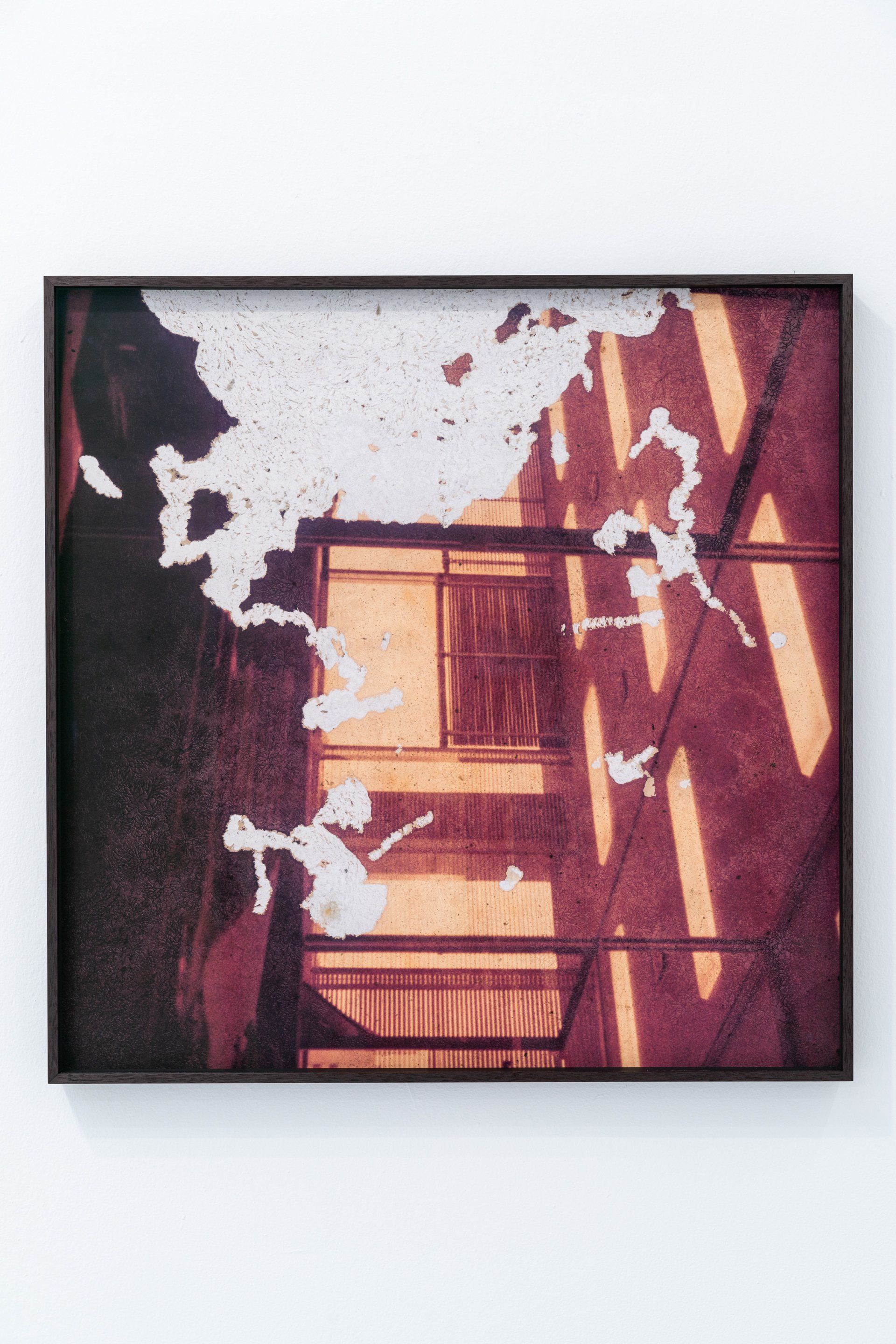
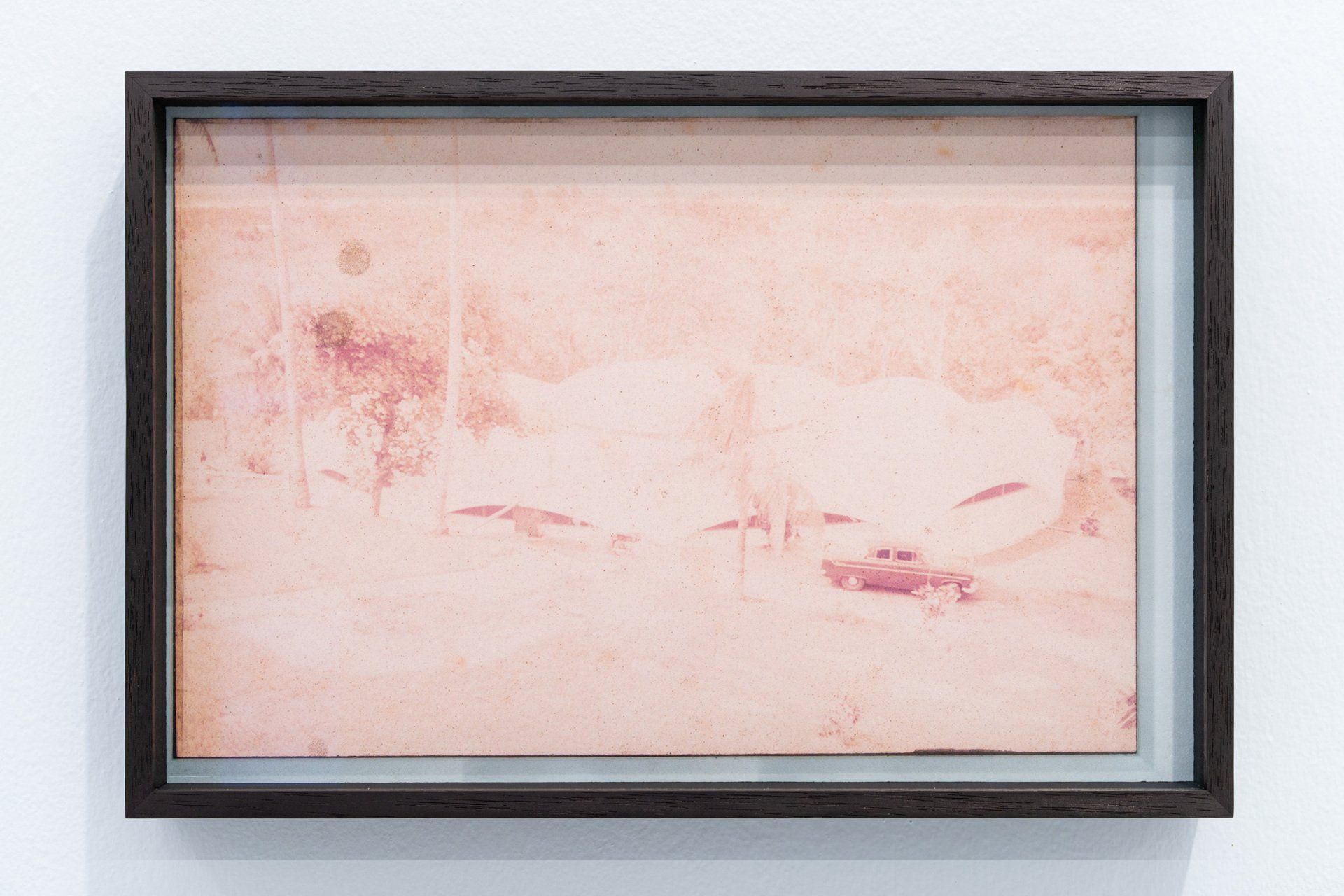
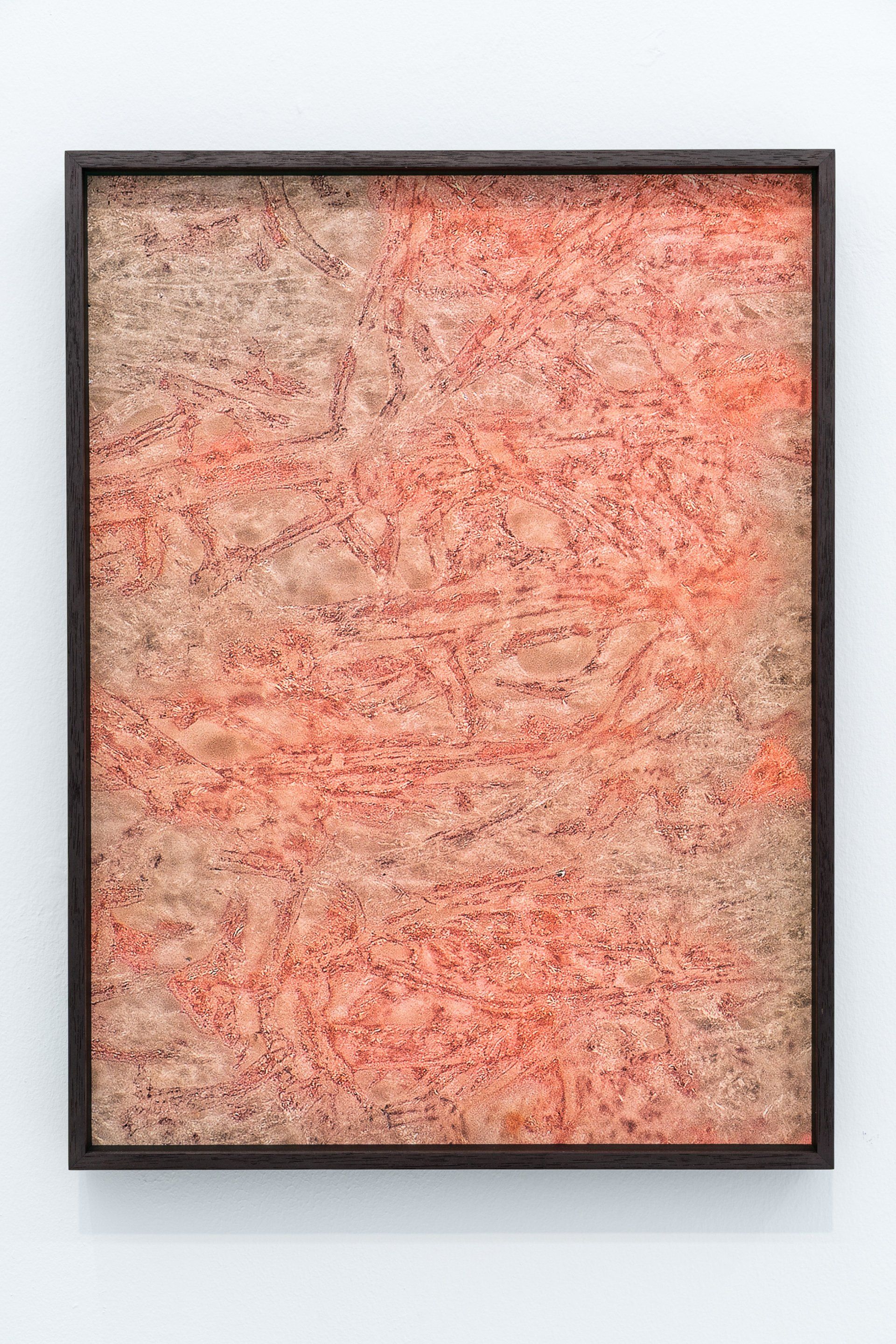

Untitled (seascape)
Dimensions: 110x110cm
Medium: Archival Pigment Print
2022

Untitled (cousins and relatives)
Dimensions: 50X37.5cm
Medium: Archival Pigment Print
2022

Untitled (sister)
Dimensions: variable
Medium: wallpaper + archival pigment print
2022

Untitled (PWD July 70)
Dimensions: 130X92.85cm
Medium: Archival Pigment Print
2022

Untitled (PWD Office)
Dimensions: 80x80cm
Medium: Archival Pigment Print
2022

Untitled (car parked by building)
Dimensions: 40X30cm
Medium: Archival Pigment Print
2022

Untitled (ink residue)
Dimensions: 45X600cm
Medium: Archival Pigment Print
2022
Click, swipe or use the keyboard arrows to navigate through the horizontal scroller.
We've enabled "hinted captions" in this demo, where you can see the title and the first line of the caption. Click "read more" (or the image itself) to open the full caption. You can select from other caption and UI options in the CMT.
Long overviews will scroll inline and can contain images or videos, as you can see below.
Robert Norman "Bob" Ross(October 29, 1942 – July 4, 1995) was an American painter, art instructor, and television host.[1] He is best known as the creator and host of The Joy of Painting, a television program that appeared on PBS in the United States, Canada and Europe.
Hasui Kawase(May 18, 1883 – November 7, 1957) was a prominent Japanese painter of the late 19th and early 20th centuries, and one of the chief printmakers in the shin-hanga ("new prints") movement.
Kawase worked almost exclusively on landscape and townscape prints based on sketches he made in Tokyo and during travels around Japan. However, his prints are not merely meishō (famous places) prints that are typical of earlier ukiyo-e masters such as Hiroshige and Katsushika Hokusai (1760-1849). Kawase's prints feature locales that are tranquil and obscure in urbanizing Japan.
In 1923 there was a great earthquake in Japan that destroyed most of his artwork.
Alphonse Legros(8 May 1837 – 8 December 1911), painter, etcher and sculptor was born in Dijon.
As he had casually picked up the art of etching by watching a comrade in Paris working at a commercial engraving, so he began the making of medals after a walk in the British Museum, studying the masterpieces of Pisanello, and a visit to the Cabinet des Médailles in Paris. Legros, considered the traditional journey to Italy a very important part of artistic training, and in order that his students should have the benefit of such study he devoted a part of his salary to augment the income available for a travelling studentship. His later works, after he resigned his professorship in 1892, were more in the free and ardent manner of his early days—imaginative landscapes, castles in Spain, and farms in Burgundy, etchings like the series of "The Triumph of Death," and the sculptured fountains for the gardens of the Duke of Portland at Welbeck Abbey.








Untitled (seascape)
Dimensions: 110x110cm
Medium: Archival Pigment Print
2022

Untitled (cousins and relatives)
Dimensions: 50X37.5cm
Medium: Archival Pigment Print
2022

Untitled (sister)
Dimensions: variable
Medium: wallpaper + archival pigment print
2022

Untitled (PWD July 70)
Dimensions: 130X92.85cm
Medium: Archival Pigment Print
2022

Untitled (PWD Office)
Dimensions: 80x80cm
Medium: Archival Pigment Print
2022

Untitled (car parked by building)
Dimensions: 40X30cm
Medium: Archival Pigment Print
2022

Untitled (ink residue)
Dimensions: 45X600cm
Medium: Archival Pigment Print
2022
